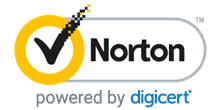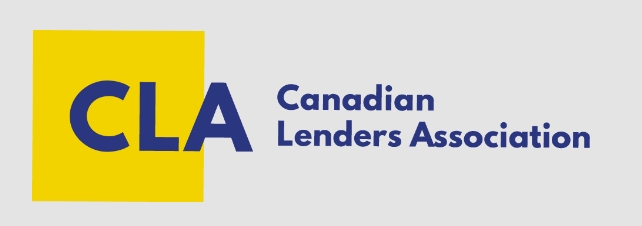Ontario Piloting Financial Literacy Program In High Schools

Most of us grew up without much of a financial education. We graduated high school barely knowing how to cash a cheque. Thrown into the real world without a life vest, many of us could barely tread the financial waters and found ourselves drowning in debt in no time at all. It’s frustrating, especially knowing this all could have been prevented with a little financial literacy. If we knew what we were getting into, maybe we could have stayed afloat.
Learning the hard way can definitely work, but not without a few scars. This begs the question, why on earth are we not taught robust money management skills as part of the high school curriculum? It seems, to many of us, to be the most important life skill to have… by miles. We understand how to read, we can write, we can add and subtract. We all know who Louis Riel is and who won the War of 1812. We can sew a pillowcase and paint a pinch pot. We’ve all got dodgeball down. But when it comes to money - something we will all need and all have to deal with every month, week and day of the rest of our lives, it’s just radio silence. We’re just tossed out of the education system, straight into student loans without the foggiest as to how to manage them.
The province of Ontario has finally recognized this problem and launched a new pilot program for high schools that attempts to tackle financial illiteracy. After a petition was launched on behalf of Ontario students, the new program was agreed to. The general request, by students, is to learn life skills that they will actually use once they’re out of school. As part of the program, they will learn entrepreneurship skills, digital literacy, career and life planning and financial literacy. The program has already been implemented in 28 schools in Ontario.
How easy students are getting into debt after school
No matter if students head straight to post-secondary or they start in the workforce, they are going to have to deal with money. That means tackling skills, immediately, that no one has taught them in most cases. Budgeting money, how to pay your taxes, how much do you owe MSP, what happens if you don’t pay back money you borrow on time, etc. are all little bits of knowledge that could save students from starting out on a path of financial strife. Without the skills and knowledge, students find themselves suddenly dealing with adult money issues that they have no clue how to handle. They take out student loans or are approached, targeted in places where young people frequent, to sign up for a credit card. Not understanding how these things work, fully, they abuse them. They don’t pay them back right away, or they have unrealistic ideas of how quickly they will be able to pay them back. In a few short years, they find themselves in more debt than they can wrap their minds around.
What students need to be more aware of
Young Canadians struggle with understanding the impact a poor credit score can have on your life goals. They need to understand how to maintain a good credit score so they can one day be able to purchase home. Making payments on time, and trying to pay more than the minimum payment is just the ground level of what they could learn. How to keep your credit usage low, what payments get reported to the credit bureau, and how to obtain their credit score are not difficult concepts to understand and could save students a world of headaches if they’re taught these things at a young age. Other skills and knowledge students lack are basic money budgeting, saving, and how interest works for and against you. Young Canadian adults also struggle with understanding what it is they owe and when they owe it. Taxes, for example, is a topic that still eludes seasoned adults in Canada. In British Columbia, most students graduate without understanding that they now have to pay Medical Services Plan premiums every month as an adult. The list of what knowledge and skills students could benefit from feels endless. This new program implemented in Ontario schools is definitely a step in the right direction, though.
How to improve your credit score
Possibly the most valuable thing we all could have learned in high school is how to improve your credit score. Just imagine if you’d learned this when you were 16, before you ever had a student loan or a credit card. What would your credit look like now? What might your money look like now? It’s not a complicated topic to grasp, but for some reason, no one really bothers to teach us this until it’s too late.
With this new financial literacy program in Ontario, though, it looks like the tides are changing and Canadian students are being given a better chance at financial success. Let’s hope this trend spreads across the country like wildfire and we bring up a new generation of financially literate kids.
Were you taught financial literacy as a student? Let us know in the comments!





Leave a Reply